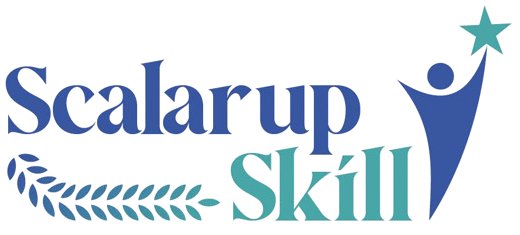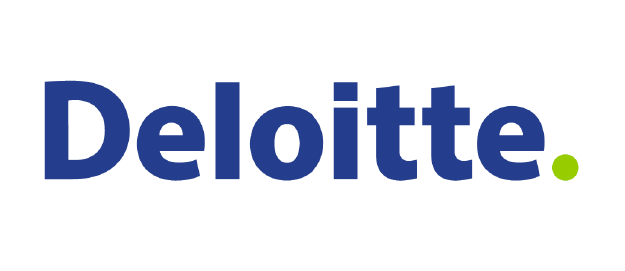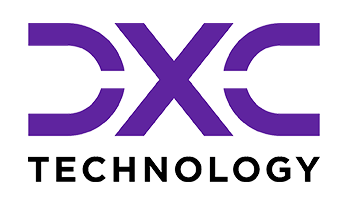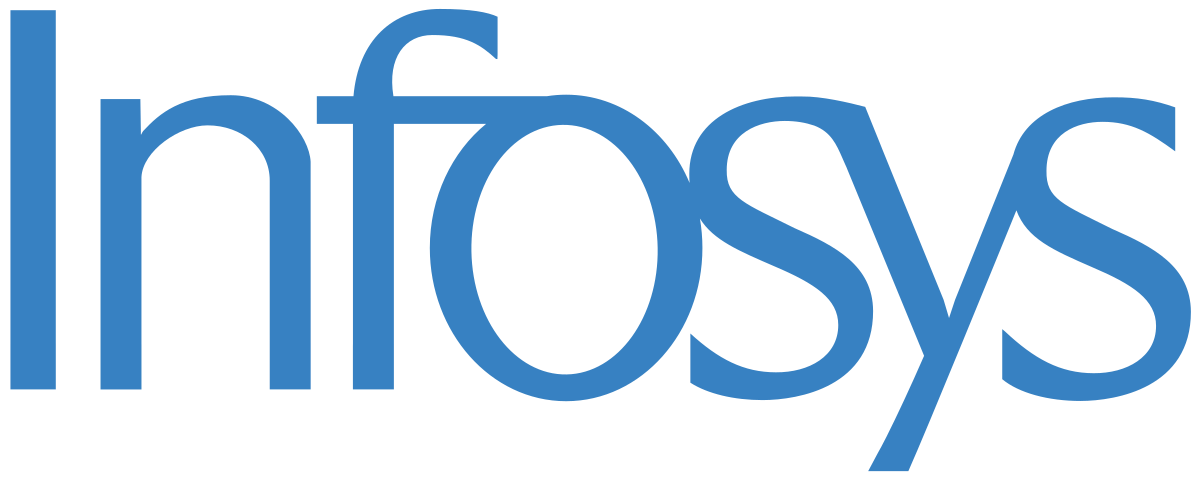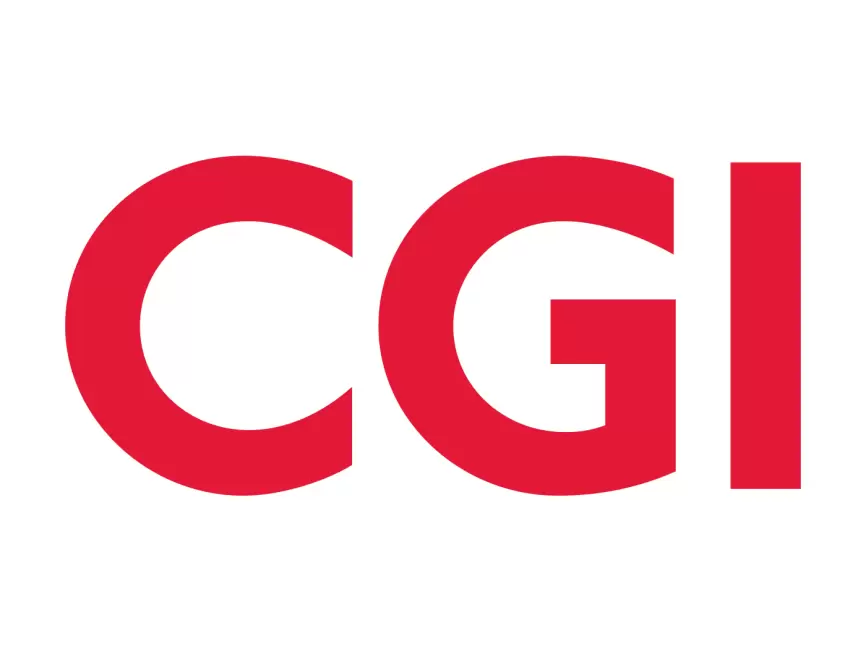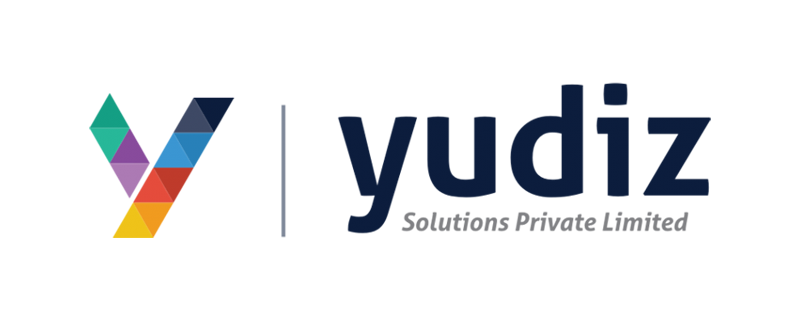Full Stack - PHP

A PHP Full Stack developer is responsible for offering a detailed range of services regarding web development, from the back-end PHP development and coding to front-end design. A PHP Full Stack Developer is an individual who can develop both client and server software. In addition to expertizing HTML and CSS, he/she also knows how to: work on a browser (like utilizing JavaScript, jQuery, Angular, or Vue) and Program as a server.
Full Stack - PHP Course Curriculum
- Overview of Full-Stack Development
- Role and Responsibilities of a Full-Stack Developer
- Course Structure and Learning Path
Lesson 1: Introduction
- Overview of HTML5
- UI Developer Roles and Responsibilities
- UX Designer Roles
- Technologies Needed
- Power of UI
- Current Market Requirements for UI
Lesson 2: Basic Technologies Needed
- Difference Between Front-End and Back-End
- Sample Web Pages
- Crawling and Meta Tags
Lesson 3: Basic HTML
- Exploring Existing Pages
- Browsers & Editors
- DOM
- Structure of an HTML Page
- Mandatory Tags (html, head, body)
- Heading Tags (H1…H6)
- Tags and Attributes (Class, Id, style, etc.)
- Inline and Block Level Elements
Lesson 4: Advanced HTML
- More HTML Tags
- Including External Page Links Using Anchor Tags
- Working with Row and Column Data Using Table Tags
- Hiding and Un-hiding Elements Using Display Property
- img, p, ul, ol, li, hr Tags
- Layouts, Forms, Buttons
- Input Fields (textbox, radio button, checkbox, dropdown, text area, etc.)
- Debugging HTML & CSS (Firebug, IE, and Chrome Developer Tools)
- Creating Tabs and Menu Lists
Lesson 5: HTML5 Features
- Geolocation
- Video Tag
- Audio Tag
- SVG
- Form Elements
- Get & Post Communication
- Validating Input Values in a Form
- Form Action and Type
- Basics of CSS
- CSS3 Features
- Selectors and Combinators
- Box Model
- Flexbox and Grid Layout
- Responsive Design
- Animations and Transitions
- Positioning and Display
- Media Queries
- CSS Variables
- Introduction to Bootstrap
- Bootstrap Grid System
- Bootstrap Components (Navbar, Forms, Buttons, Cards, Modals, etc.)
- Customizing Bootstrap
- Responsive Design with Bootstrap
- JavaScript Basics
- ES6 Features
- Data Types and Variables
- Operators and Expressions
- Control Structures
- Functions
- Arrays and Objects
- DOM Manipulation
- Event Handling
- Asynchronous Programming (Callbacks, Promises, Async/Await)
- Error Handling
Lesson 1: PHP Basics
- Introduction to PHP
- Setting Up PHP Environment
- PHP Syntax and Variables
- Data Types and Operators
- Control Structures
- Functions
Lesson 2: Working with Forms
- Form Handling with PHP
- GET and POST Methods
- Validating Form Data
- Sanitizing and Escaping User Input
Lesson 3: Working with Files
- File Handling (Open, Read, Write)
- File Uploads
- File Permissions
Lesson 4: Sessions and Cookies
- Working with Sessions
- Working with Cookies
Lesson 5: Error Handling
- Handling Errors and Exceptions in PHP
- Custom Error Handling
Lesson 6: PHP and MySQL
- Connecting to a MySQL Database
- Performing CRUD Operations
- Prepared Statements and Security
Lesson 1: MySQL Basics
- Introduction to Relational Databases
- MySQL Installation and Setup
- MySQL Workbench
Lesson 2: Database Design
- Designing Database Schemas
- Normalization and Relationships
Lesson 3: CRUD Operations
- Creating, Reading, Updating, and Deleting Data
- Using SQL Queries
Lesson 4: Advanced MySQL
- Joins
- Indexes
- Transactions
- Stored Procedures and Triggers
- Setting Up PHP with HTML/CSS/JavaScript
- Making AJAX Requests with JavaScript
- Connecting Front-End with PHP Back-End
- Implementing Form Handling and Validation
Lesson 1: Introduction to Laravel
- Setting Up Laravel Environment
- Laravel MVC Architecture
Lesson 2: Routing and Controllers
- Creating Routes
- Building Controllers
Lesson 3: Views and Blade Templating
- Creating Views
- Blade Templating Engine
Lesson 4: Eloquent ORM
- Database Migrations
- Working with Eloquent Models
Lesson 5: Authentication and Authorization
- Implementing Authentication
- Middleware and Authorization
Lesson 6: RESTful APIs with Laravel
- Building and Consuming APIs
- Testing APIs
- Setting Up a Server
- Deploying PHP Applications
- Managing Domains and SSL
- Performance Optimization
- Backup and Recovery
- Project Planning and Implementation
- Developing a Full-Stack Application Using PHP and Laravel
- Course Review and Q&A
- Final Examination
- Certification and Career Guidance
